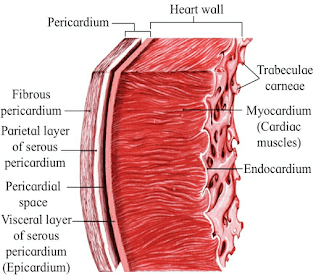Origin of life : (Protobiogenesis) The living matter shows attributes or characters like responsiveness, growth, metabolism, energy transformations and reproduction. As far as origin of life is considered, it has remained an enigma for intellectuals at all times. Despite of advancements in various fields like biochemistry, astrobiology, geography, molecular biology, etc. scientists are unable to ascertain the truth. Various theories and hypotheses have been proposed to find the probable answer to this question. a.Theory of special creation : •It is the oldest theory and is based on religious belief without any scientific proof. •All living organisms are created by a super-natural power. b. Cosmozoictheory/Theory of Panspermia: This theory advocates that life did not arise on the planet Earth. It may have descended to the earth from other planets in the form of spores or micro-organisms, called cosmozoa/ panspermia. Recently, NASA has reported fossils of bacteria-like organisms on...





